Alright – so today we’ve got the honor of introducing you to Hayden Childress. We think you’ll enjoy our conversation, we’ve shared it below.
Hayden, thanks for joining us, excited to have you contributing your stories and insights. Let’s start big picture – what are some of biggest trends you are seeing in your industry?
In my industry (Entertainment, specifically magic and mentalism) there are a lot of new, exciting trends in the space.
Virtual Magic Shows
For example, during the pandemic, many performers (including myself) created virtual magic shows often performed via Zoom for companies and organizations working remotely. Usually when people hear this idea or trend they think of it as a watered down experience, but that is far from the case. The performances you provide over Zoom or other virtual platforms are very different from what you would perform in-person. These are magic routines made specifically to cater to audiences participating on Zoom, which are as equally confounding and impressive as magic tricks performed in-person. Imagine if you had picked up a deck of playing cards from your home, pulled one card out of the deck, and the magician on the other side of the Zoom call guessed your card. Incredible!
Remote organizations love this option, too, because there are still quite a few companies who are fully remote and have not ever connected in-person. All of their social events and mixers take place virtually, so having virtual entertainment is still a need and an exciting offering for those who cannot meet in-person. It can also be a more cost effective option because a company doesn’t need to pay for my flights, hotel, and meals. However, it is often an alternative option to in-person events and not a substitution.
Close-Up Magic
Ever since magicians like Mat Franco and Shin Lim won America’s Got Talent, the demand for close-up magic has spiked in recent years. In the past, grand stage illusions with a magician and assistant were the most common forms of magic in the public eye. Today, audiences crave authentic, up-close, and personal magic performances that happen just a foot away.
Advances in technology have also been a catalyst in this genre. With a camcorder, HDMI cable, projector, and screen, up-close magic tricks can be projected and enjoyed for audiences of all sizes.
I perform in a magic show in New York City called “Speakeasy Magick”, where a maximum of 10 guests sit at a table and we perform the magic up close on the table. It is highly personable and audiences rave about how unique and incredible it is to see world class sleight of hand performed this intimately. With the exclusive, intimate size performance audiences are willing to pay a premium price of $200+ per seat to witness this magic up-close.
Additionally, post-pandemic, many corporate events have been smaller or more concentrated by region and I have seen a lot of my magic shows for corporate events switched from a large stage to an up-close room.
TikTok/Instagram Magic
It’s no surprise that many magicians have shifted their focus to perform on platforms like TikTok and Instagram. After all, ask anyone under the age of 25 where they consume the most media, you’re going to hear TikTok. These platforms are designed to be as concise and fast paced as possible, hooking the viewer in the first few seconds – otherwise they scroll to the next. Additionally platforms like TikTok study your viewing habits, and the algorithm pushes the content that is most likely to catch your attention and engage you to “like, comment, and share” the videos.
This has created a new genre of magic that is geared towards people watching on TikTok and Instagram. You can expect fast paced card changes and vanishes, “magic pranks” performed “impromptu” on “innocent bystanders”, flashy demonstrations of card skill called “cardistry”, and many other quick tricks. There is often no script or dialogue and the magician often jumps right into the trick. These videos are 15, 30, or 60 seconds in length and are made to catch your attention immediately. A lot of this magic is performed one on one with the camera, too, instead of for a live audience.
It is a contentious topic in the world of magic if this is good for the art or not. On one hand, these platforms allow for mass appeal to audiences worldwide and allow people to see incredible magic within seconds on their smartphone without having to pay a dime. On the other hand, many argue that it reduces the craft to flashy dopamine hitting tricks that lack any dramatic suspense or nuance. A good comparison is to imagine listening to the chorus of your favorite song instead of the track beginning to end. You might get to the “fun” part of the song quicker, but the joy of music is the entire journey and not the race to the end.
Personally, I don’t find most of these videos particularly entertaining and prefer longer, uncut performances like David Blaine performed on his ABC specials. Then again, comparing TikTok magic videos and live performances is almost like comparing apples to oranges. I still believe one is not a substitute for another, and they fit different needs for different audiences. In fact, the popularity of magic on TikTok and Instagram may help boost ticket sales for in-person magic shows.
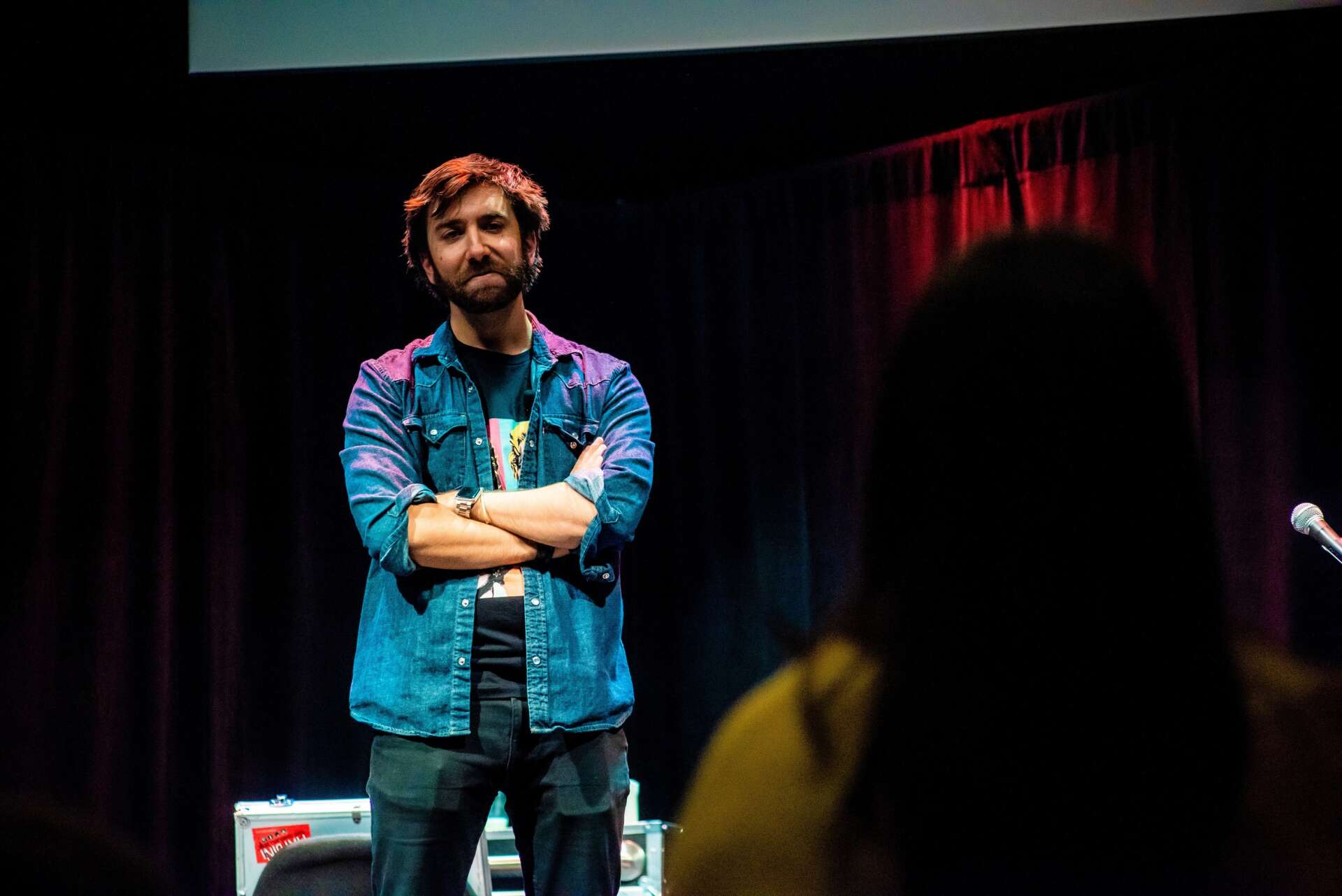

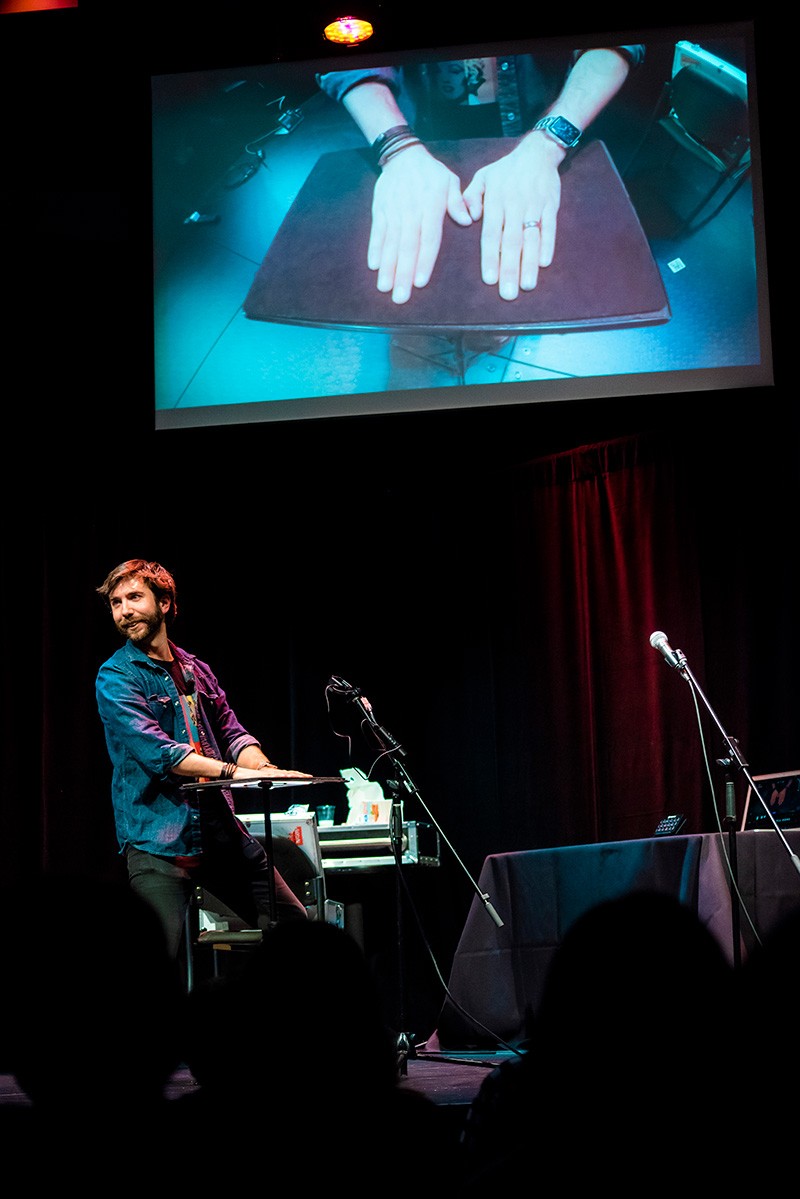
Hayden, before we move on to more of these sorts of questions, can you take some time to bring our readers up to speed on you and what you do?
My name is Hayden Childress and I am a professional magician based out of New York City. I perform magic shows for corporate events, theaters, colleges, and events of all sizes all across the United States.
I began learning magic when I was 10 after seeing a Disney Channel Movie on magic. I practiced magic obsessively and I began to win awards when I was 16. I went to college at the Darla Moore School of Business at the University of South Carolina, but performed magic for events on the side to help pay for school. While in school I learned about management and marketing, and I was able to use those skills to appeal to corporate audiences who were looking for a corporate magician. After college I decided to pursue magic full-time, and it is the best decision I have made!
I have been featured on TV shows like Penn & Teller: Fool Us, completed a TED talk on interactive performance, and performed all over the US hosting my own shows in theaters as well as performing for organizations like Google, Microsoft, IBM, and Morgan Stanley.
I am most proud that I have been able to create my own, unique style of magic that audiences enjoy. I don’t really do classic magic tricks in my show like cutting a lady in half or making a tiger appear. Instead, I use everyday objects and add my own twists that you don’t see coming. I also combine my love for psychology in some of my tricks which I think makes them more thought provoking and deceptive. You can see me do tricks with electrical tape wrapped around my finger, using snapchat on someone’s phone to reveal person, pouring named drinks out of a carton of almond milk, and so much more.
I like to have fun, and I want to entertain my audiences and make them feel like they just saw something truly special and incredible. I work really hard to make my tricks original, too, so that people don’t feel like they’re seeing something they’ve seen before. And above all else, I want my audiences to get a sense that they know me and receive an authentic experience.
Is there something you think non-creatives will struggle to understand about your journey as a creative?
Generally speaking, it’s really, really hard to work as a full time creative who is self employed. If you are working in an office being paid a salary, you just have to do your job every day and your work ends after 5pm. When you are a creative, there is never a “right” or “wrong” way to do things, and there is also a very blurred line of what being “successful” means too. In a traditional job, you might begin working in an entry level field like sales, and you slowly work your way up the ladder to an executive position. There isn’t usually the same hierarchy in a creative field. There is also often a lack of consistency in work when you are a creative, too, and it usually comes in waves. This requires a lot of hard work, self discipline, and determination. It is not always “fun and laid back” – some of the most successful comedians I’ve seen for example are extremely disciplined in their work, even though on stage you might think they goof off 24/7.
One of my biggest disconnects with some of my friends who had worked in traditional fields was “paid time off”. When you are a freelance creative, there is no such thing as paid time off – there is just time spent not working and time spent not earning money. If I take a Thursday-Monday to go on a vacation somewhere that can mean thousands of dollars lost just on opportunity cost alone, not including the cost to go on the trip.
I am very thankful I get to do what I love for a living – but it definitely has its challenges.
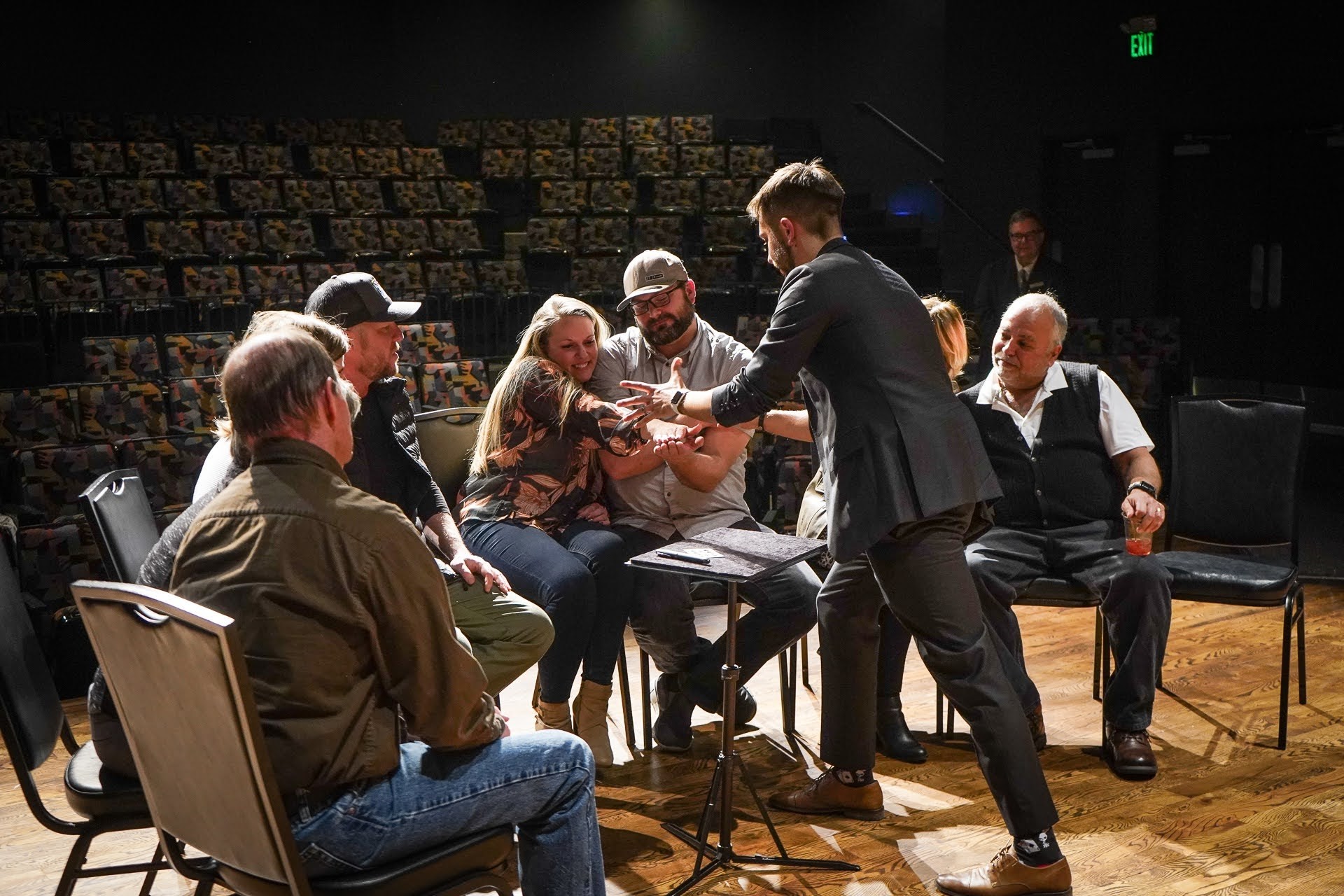
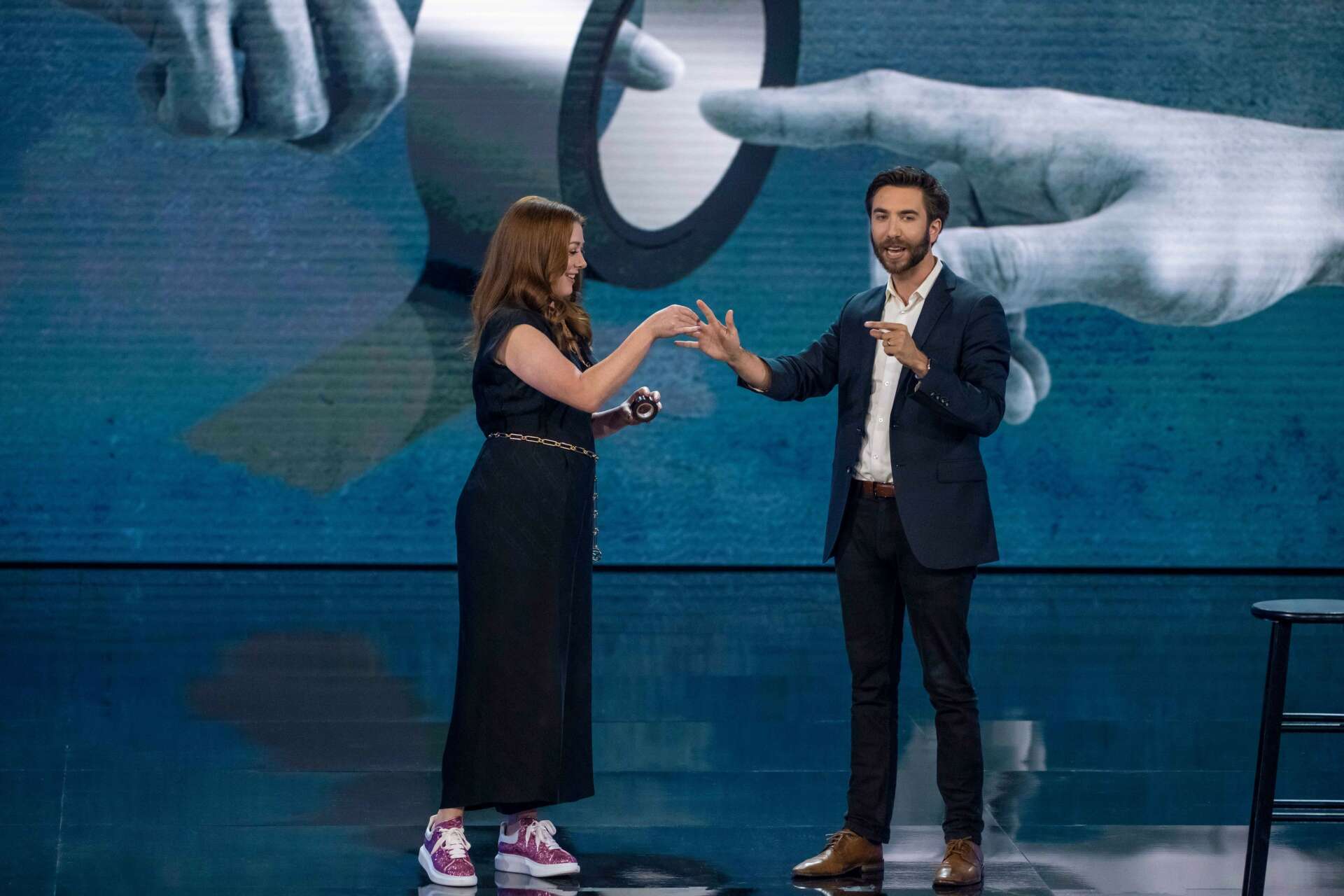
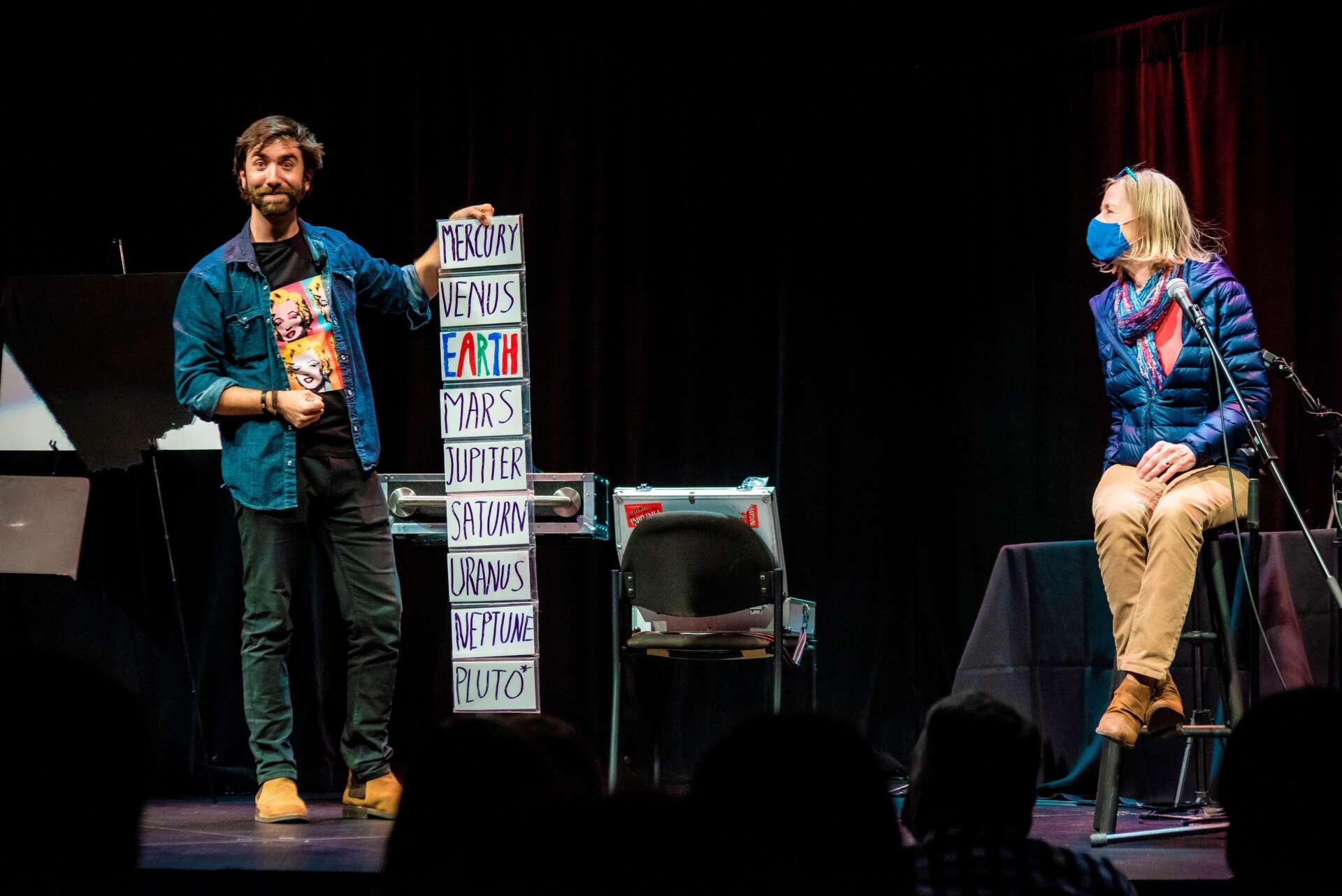
Can you share your view on NFTs? (Note: this is for education/entertainment purposes only, readers should not construe this as advice)
Once upon a time in a village, a man appeared and announced to the villagers that he would buy monkeys for $10 each.
The villagers, seeing that there were many monkeys around, went out to the forest and started catching them.
The man bought thousands at $10 and as supply started to diminish, the villagers stopped their effort. He further announced that he would now buy at $20. This renewed the efforts of the villagers and they started catching monkeys again.
Soon the supply diminished even further and people started going back to their farms. The offer increased to $25 each and the supply of monkeys became so little that it was an effort to even see a monkey, let alone catch it!
The man now announced that he would buy monkeys at $50! However, since he had to go to the city on some business, his assistant would now buy on behalf of him.
In the absence of the man, the assistant told the villagers; “Look at all these monkeys in the big cage that the man has collected. I will sell them to you at $35 and when the man returns from the city, you can sell them to him for $50 each.”
The villagers rounded up with all their savings and bought all the monkeys.
They never saw the man nor his assistant, only monkeys everywhere!
That is my understanding of how the NFT market works.
Contact Info:
- Website: haydenismagic.com
- Instagram: instagram.com/haydenismagic
- Facebook: facebook.com/haydenismagic
- Linkedin: https://www.linkedin.com/in/hayden-childress-14066865/
- Twitter: twitter.com/haydenismagic
- Youtube: https://www.youtube.com/channel/UCVyXMENNmoJL6v5SdgEOStg
Image Credits
Theater photos by Austin Caine


